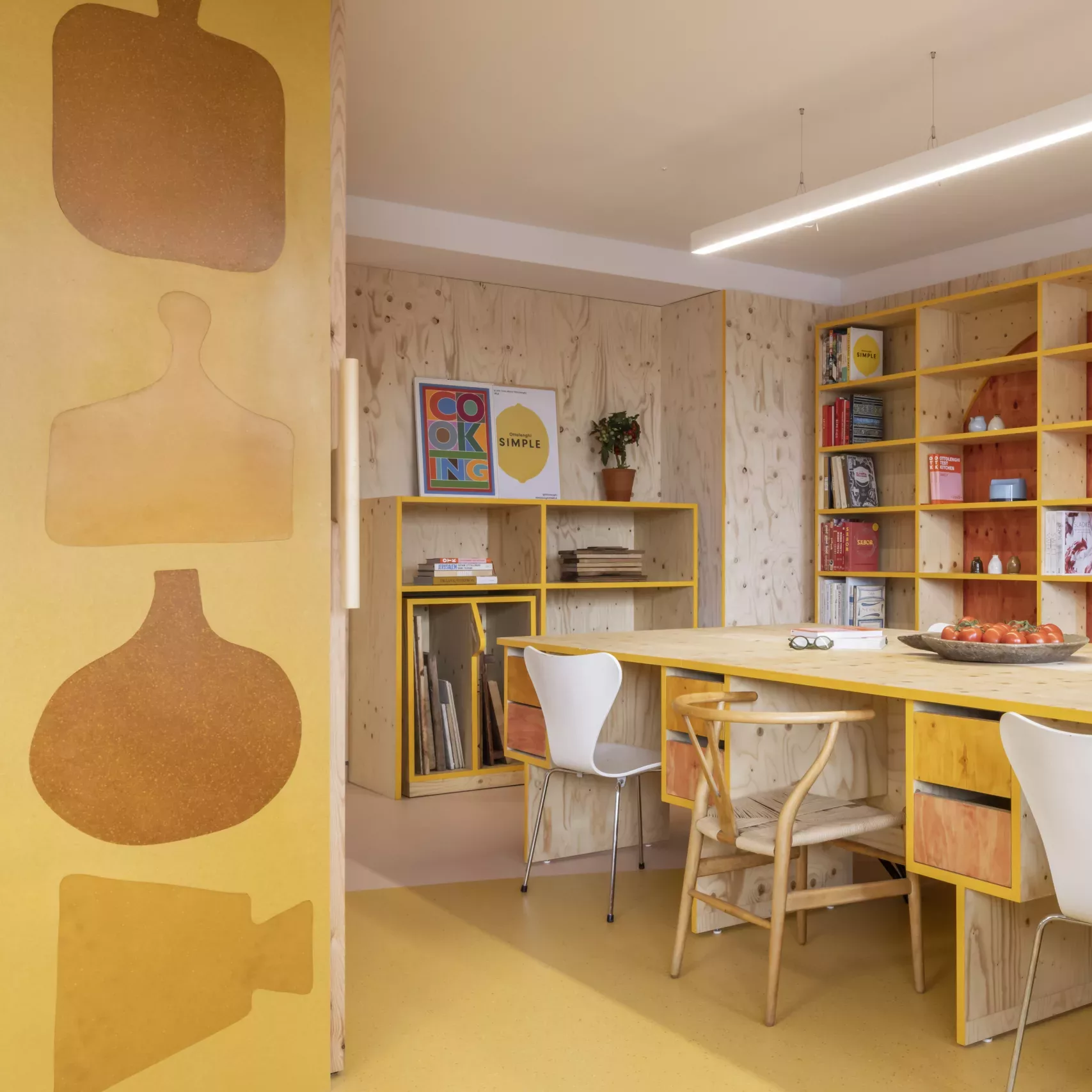
Compostable Biodegradable and Persistent Materials in the Built Environment
In the built environment, materials don’t just shape spaces, they also shape the planet’s future. From wall finishes to flooring, every choice carries a hidden afterlife. Some materials return to the earth as nutrients, others slowly break down over decades, and some remain virtually unchanged for centuries. As architects and designers, understanding the difference between compostable, biodegradable, and persistent materials isn’t just about sustainability buzzwords but about making informed, responsible specifications that align with performance needs, waste management strategies, and environmental goals.
This article explores what each term really means, how these materials behave in real building contexts, and why their end-of-life characteristics should be part of every design conversation.
Understanding the Difference
In sustainable architecture and interior design, not all “sustainable” claims mean the same thing. A product might be marketed as eco-friendly, but its actual impact depends on how it’s made, how it’s used, and crucially what happens at the end of its life. Understanding whether a material is compostable, biodegradable, or persistent is more than just learning a few green buzzwords; it’s about making design choices that align with both performance requirements and long-term environmental stewardship.
Compostable materials can safely return nutrients to the earth under specific conditions. Biodegradable materials break down naturally, though timelines and by-products vary. Persistent materials, on the other hand, resist degradation for decades or centuries, demanding thoughtful strategies for reuse or recycling.
- Compostable Materials – designed to break down into nutrient-rich compost under the right conditions, typically in industrial composting facilities or well-managed home systems. When handled properly, they leave no harmful residue and can help replenish soil health. In the built environment, they’re often found in mycelium panels, plant-fiber insulation, and bio-based packaging.
- Biodegradable Materials – naturally decompose into water, carbon dioxide, and biomass through microbial activity, without the need for specialised composting systems. However, the timeline for this process can range from a few months to several decades depending on the environment. Examples in interiors include cork, wool, and natural fibres. While biodegradable materials offer a more gradual return to nature, some may contain additives that leave toxins behind, so it’s essential to verify product composition.
- Persistent Chemicals and Materials – do not break down naturally within any reasonable timeframe. They can remain in ecosystems for centuries, posing long-term risks to environmental and human health. In design projects, these often take the form of PVC flooring, acrylic surfaces, and stain-resistant treatments. While they deliver durability and low maintenance, their environmental cost is high, making it critical to plan for extended use, potential reuse, or closed-loop recycling.
Design Considerations
When specifying materials their end-of-life impact must be addressed. Compostable materials work best when there is access to proper composting infrastructure and when components can be separated from other materials, making them ideal for temporary or short-life applications. Biodegradable materials require careful assessment of lifespan and composition, as some may persist indoors for decades or contain additives that leave residues; pairing them with low-toxicity finishes helps preserve their ability to break down naturally. Persistent materials and chemicals should be selected only when durability is essential and no sustainable alternative meets the performance requirements, and even then, they should be paired with take-back programs, closed-loop recycling strategies, or designs that allow for easy separation and reuse. By embedding these considerations into the specification process, designers can ensure that every material choice aligns with both functional goals and environmental responsibility.
Examples in the Built Environment
Compostable Materials
These include mycelium acoustic panels, starch-based packaging, and plant-fiber insulation that break down fully under industrial composting conditions. They’re often used for temporary structures or easily separable components to support circularity.
Biodegradable Materials
Natural products like cork panels, wool rugs, cellulose acetate, and natural upholstery decompose through microbial activity over time. While durable indoors for a long term, they eventually return to the earth without specialised processing.
Persistant Chemicals and Materials
PVC flooring, acrylic solid surfaces, and stain-resistant PFAS coatings are common persistent materials valued for durability but challenging to recycle. They can last for centuries in landfills, and turn into micro-plastics.
How Designers Can Get Involved
Architects and interior designers play a crucial role in shaping the environmental legacy of their projects through the materials they specify. By deepening their understanding of compostable, biodegradable, and persistent materials, they can make more informed decisions that align with sustainability goals. Prioritising materials with transparent information on composition and certifications, and considering local waste management infrastructure when selecting products, helps ensure responsible choices. Whenever possible, compostable or biodegradable options should be favored, while persistent materials are best reserved for applications requiring durability and supported by reuse or recycling systems. Collaboration with clients, contractors, and waste management providers is essential to ensure materials are handled correctly once their useful life ends. Additionally, sharing experiences and insights within professional networks and material libraries advances industry knowledge and fosters a collective move toward regenerative design.
At Materials Assemble, transparency is at the core of how the collection is curated and presented. Every material in the library is carefully documented with information on composition, lifecycle, and environmental impact, enabling designers and architects to make informed choices. Recommendations are tailored to match the intended lifespan of each project. Compostable materials are suggested for short-term installations and pop-up spaces, biodegradable options for long-term buildings, and persistent materials only when absolutely necessary for performance or safety. By matching the right materials to the right context, Materials Assemble helps ensure that every design decision supports both the creative vision and the responsible use of resources.
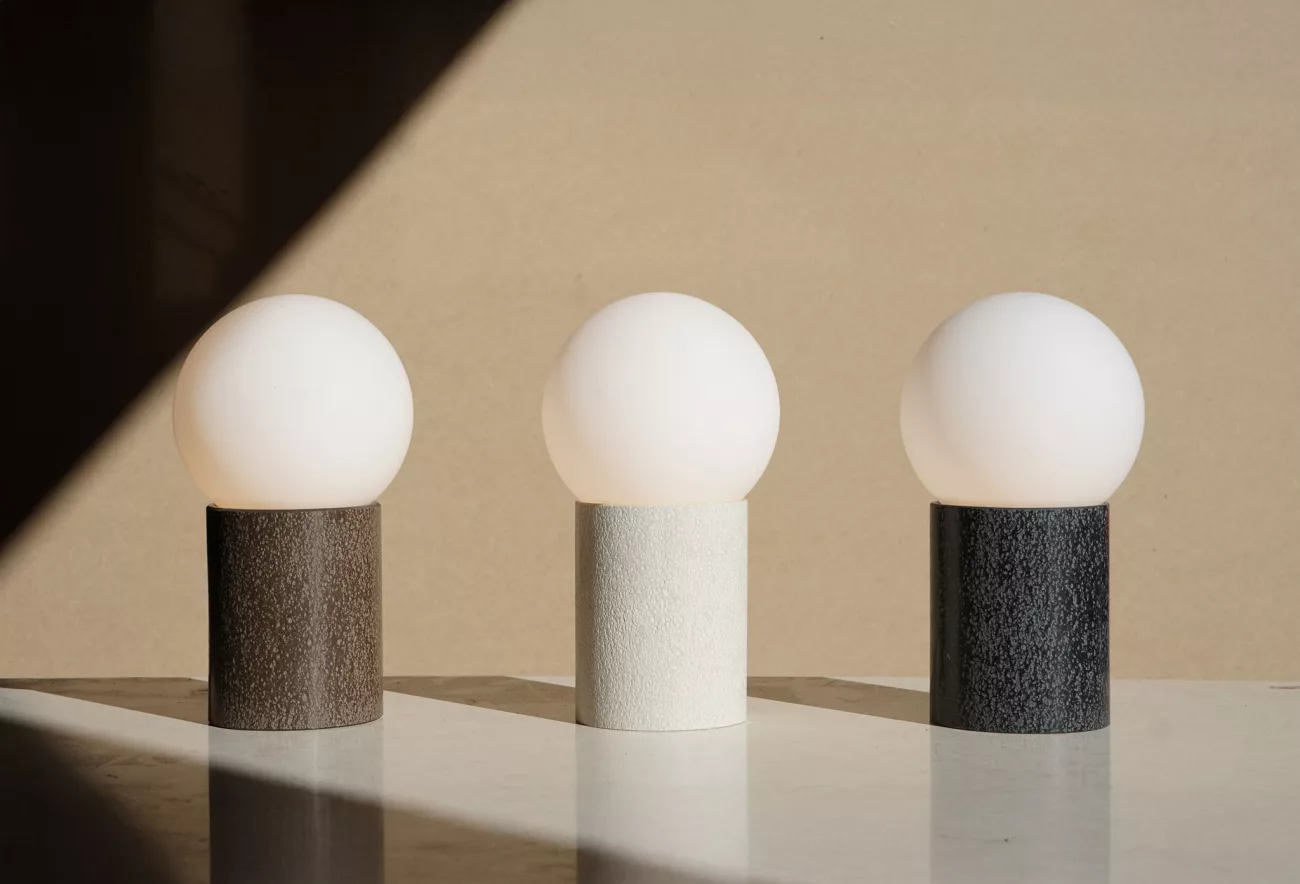
Check Out Our Material Library
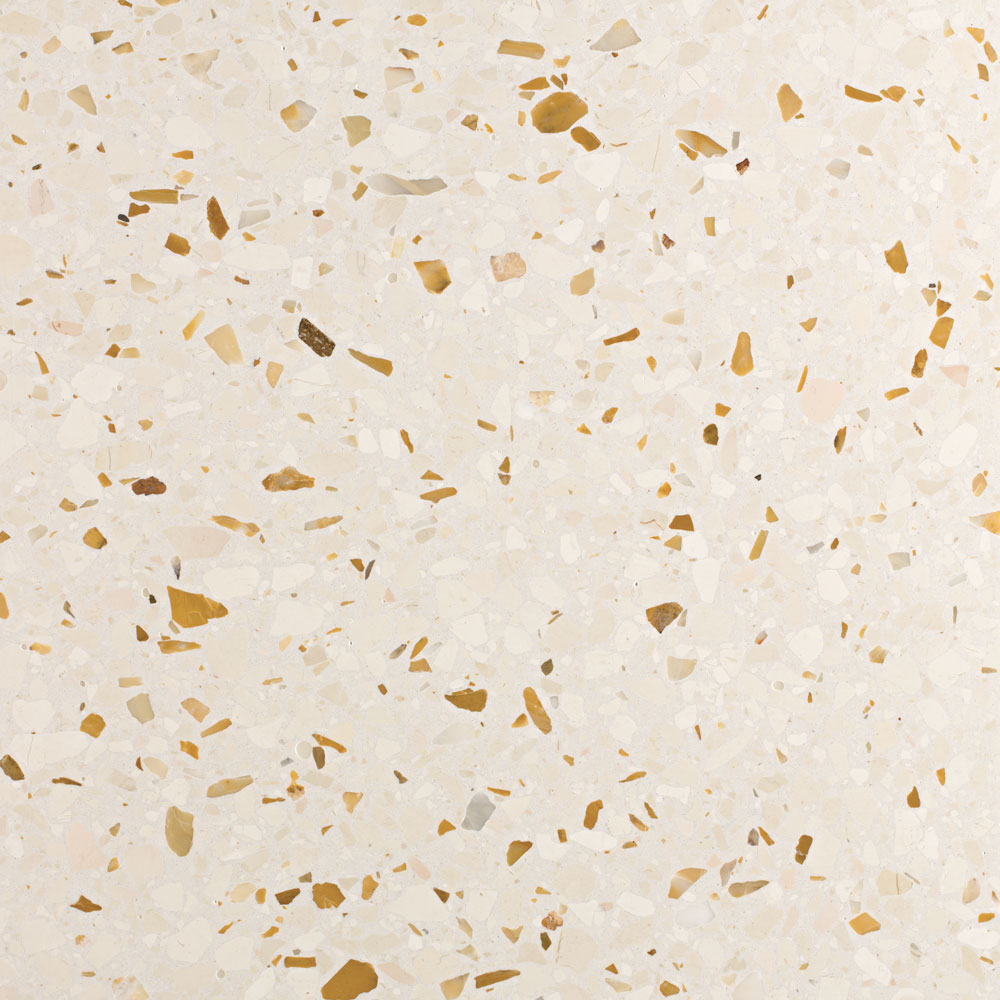
Add to compare
Quick view
Add to wishlist
Caramel Terrazzo Slabs

Add to compare
Quick view
Add to wishlist
Moudable Plant Fiber
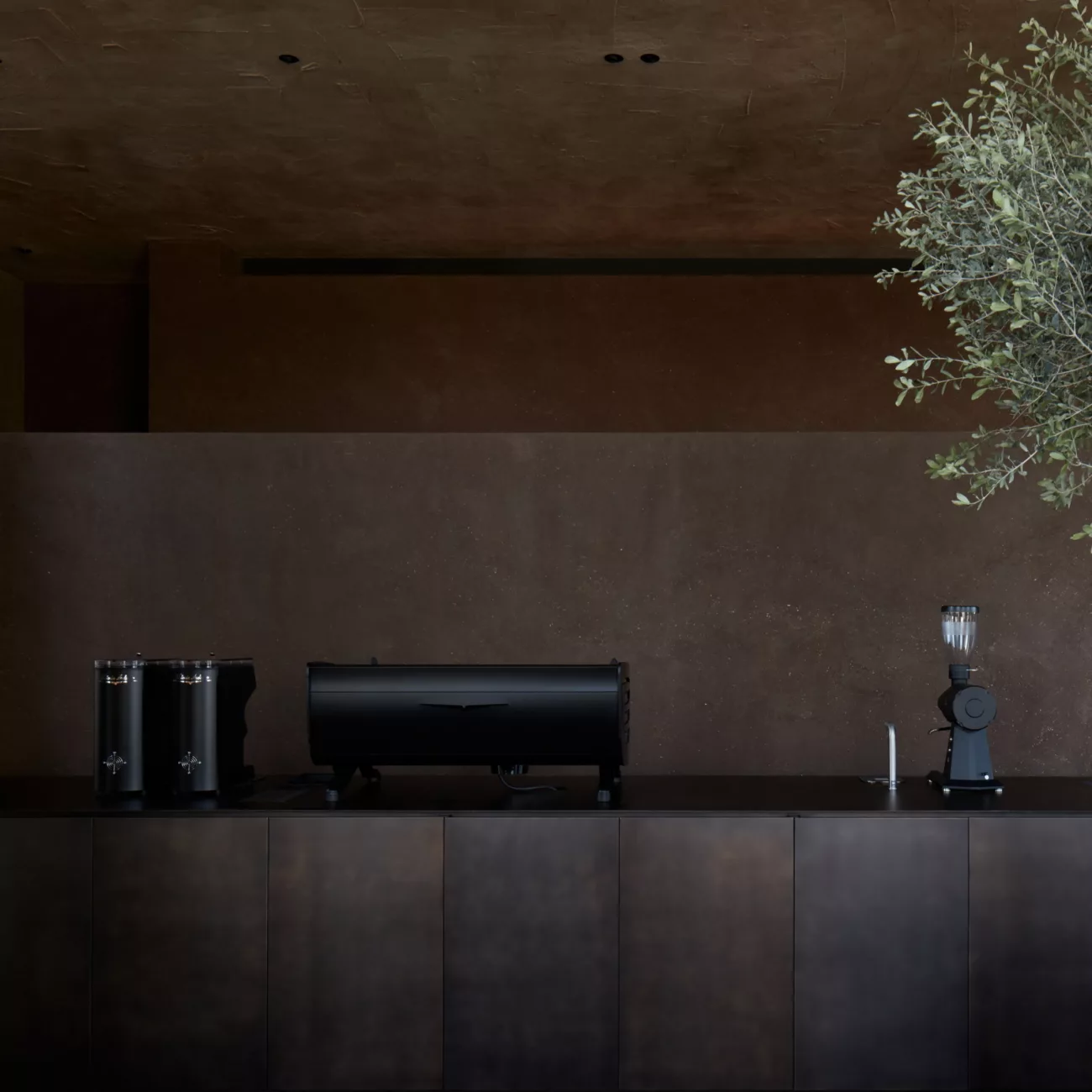
Add to compare
Quick view
Add to wishlist
MultiTerra Wabi
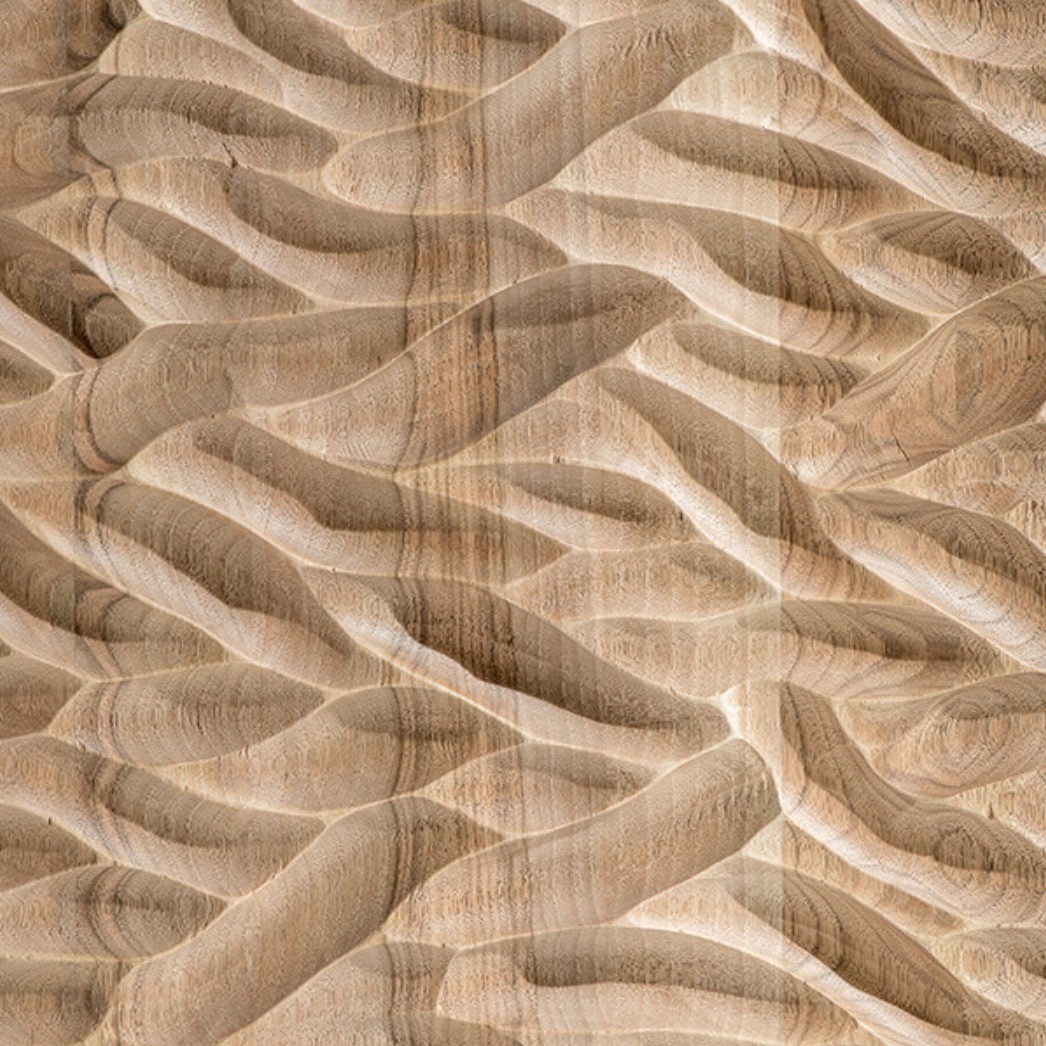
Add to compare
Quick view
Add to wishlist


